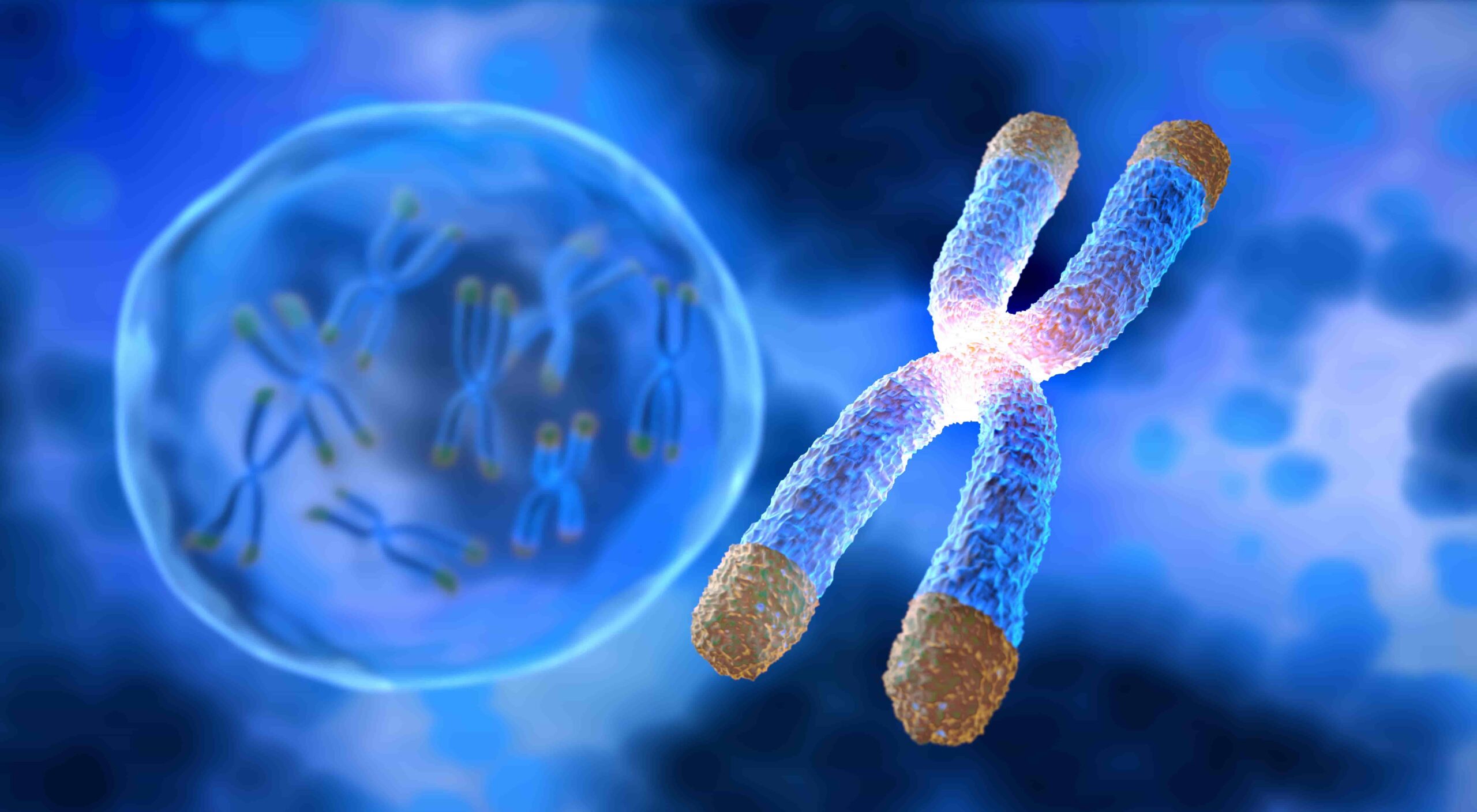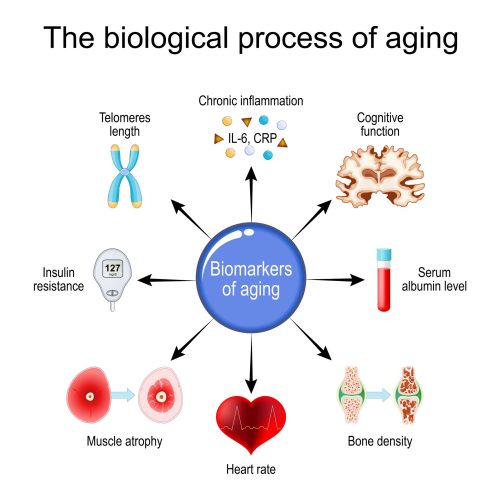

Age-Related Physiological Changes
As individuals age, various physiological changes occur. The heart experiences the thickening of muscles and reduced artery flexibility, while lung capacity diminishes. Kidneys become less efficient in waste removal, and the bladder loses its urine storage ability. The brain undergoes a decline in cell functioning, influenced by genetics, lifestyle, and disease. Body fat steadily increases after 30, accumulating around internal organs. Skin becomes thinner and less elastic, hair growth slows, and pigmentation loss continues. Muscle mass decreases,even in active individuals, leading to reduced strength and mobility resulting in symptoms like weakness and stamina loss.
Some key bodily deteriorations are...
Heart
Lungs
Kidneys
Brain
Body Fat
Skin
Strength & Mobility
In addition to the natural aging process, factors like lack of exercise, consumption of fast food, smoking, and exposure to air pollution—especially in megacities—significantly contribute to the accelerated deterioration of the body. These factors manifest in various health issues, including hypertension, high blood sugar, obesity, mood disorders, and stress.

Biological Age Test
The Biological Age Test integrates the outcomes of 9 blood tests through the Horvath-Levine Blood Component
PhenoAge Equation, allowing individuals to assess whether they are biologically older or younger than their
chronological age. This cost-effective and easily administered test serves as a practical measure of biological
age, emphasizing the significance of easily accessible blood markers.
The Biological Age Test addresses critical roles:
I.
Promoting Positive Health Behaviour Change: The test acts as a motivational tool for behavior change at different longevity intervention levels. Individuals, upon realizing their biological age exceeds their target, may be further motivated to adopt positive lifestyle changes such as quitting smoking, reducing alcohol intake, exercising more, or improving their diet. The integration of 9 validated tests into a single marker streamline understanding for individuals.
II.
Litmus Test of Overall Health: Serving as a cost-effective litmus test for overall health and all-cause mortality risk, the test correlates strongly with more expensive or time-consuming markers. This may prompt further, more detailed medical examinations such as ultrasound or cystatin C for high creatinine, or c-peptide and HbA1c for high blood sugar.
III.
Introduction to Understanding Optimal Ranges: The test serves as an introductory tool to help patients comprehend optimal and normal ranges, aiding in prioritizing which markers to optimize and in what order. This step is crucial in simplifying the complex process of optimizing numerous markers for longevity, providing a reasonably cost-effective starting point that does not overwhelm patients.
A good score on the Biological Age Test involves being biologically younger, ideally by achieving a 50% reduction from one's chronological age. However, perfect scores may not be feasible for those with older chronological ages due to the nature of the calculator's equation.
Detailed Information on 9 Blood Parameters:
A marker of liver and kidney function, levels may indicate excess protein intake or liver-related issues.
A marker of liver and kidney function, levels may indicate excess protein intake or liver-related issues.
Elevated levels may indicate acute dehydration, kidney aging, or kidney disease.
Levels may indicate diabetes or, conversely, starvation.
A marker of inflammation, elevated levels may signify various conditions.
Levels may indicate aging of the immune system or, exceptionally high, may suggest lymphoma.
A marker of chronic inflammation if high, while low levels may result from aging bone marrow.
Indicates whole-body ferritin or B9/B12 stores, with high MCV associated with certain cancers.
Elevated levels primarily indicate inflammation, aiding in differentiating causes of anemia.
